The objective of a Backgammon game is to move your pieces around the game board and bear them off the board faster than your opponent who works harder to do the same but in the opposite direction. Winning a game in Backgammon requires both strategy and luck. How far you can move your pieces is up to the numbers from rolling the dices, and how you move your pieces are determined by your over playing strategies. Four basic strategies commonly used in standard Western backgammon are 1) the running game strategy, 2) the blocking game strategy, 3) the priming game strategy, and 4) the back game strategy. Players use different strategies in the different stages of a game dependent on your positions and opponent’s.
The Running Game Strategy
The goal of the Running Game strategy is to bring all your pieces into your inner board and bear them off as fast as you could. This strategy focuses on the speed of moving your pieces with no efforts to hit or block your opponent’s pieces. The best scenario to use this strategy is when you think you can move your own pieces fast than the opponent does: when 1) you have a fewer pieces on the board; 2) all your pieces have past opponent’s pieces; or 3) the opponent doesn’t use the hitting or blocking strategy.
The Blocking Game Strategy
The primary goal of the blocking strategy, by the name, is to block the opponent’s pieces, temporarily not to worry moving your pieces quickly. Once you’ve established the blockage for the opponent’s movement with a few pieces, you can move your other pieces quickly off the board. The player should also have a clear plan when to withdraw and move the pieces that used for blocking. The game gets interesting when the opponent uses the same blocking strategy.
The Priming Game Strategy
If the purpose of the blocking strategy is to slow down the opponent to move his pieces, the Priming Game strategy is to completely block any movement of the opponent by building a prime – ideally 6 points in a row. The opponent’s pieces will either get hit, or result a damaged position if he ever tries escape the wall. The trap of the prime can be established anywhere between point 2 and point 11 in your board. Once you’ve successfully constructed the prime to block the movement of the opponent, the opponent doesn’t even get to roll the dice, and you move your pieces and roll the dice again. You’ll win the game for sure.
The Back Game Strategy
The objectives of the Back Game strategy and the Blocking Game strategy are similar – to hinder your opponent’s positions in hope to improve your chances of winning, but the Back Game strategy uses different tactics to do that. The Back Game strategy is often used when you’re far behind your opponent. To play Backgammon with this strategy, you need to control two or more points in table, and to hit a blot late in the game. This strategy is more difficult than others to play in backgammon because it requires careful movement of your pieces and how the pieces are moved is partly the result of the dice roll.
By Natalie Aranda
Natalie Aranda writes on games and computers.



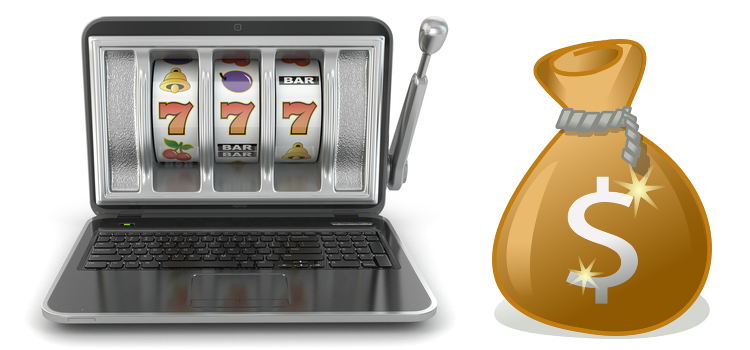

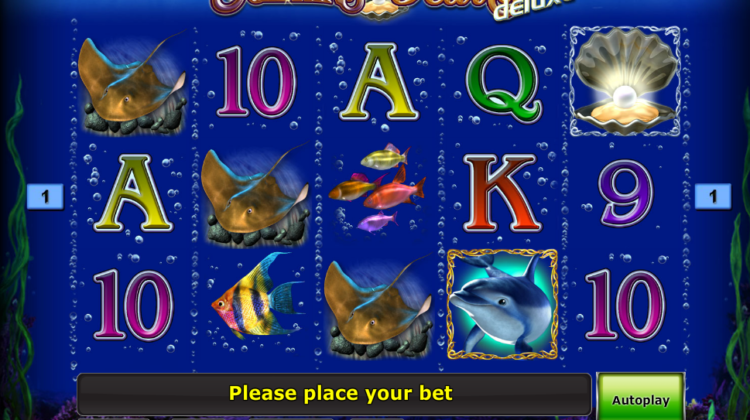
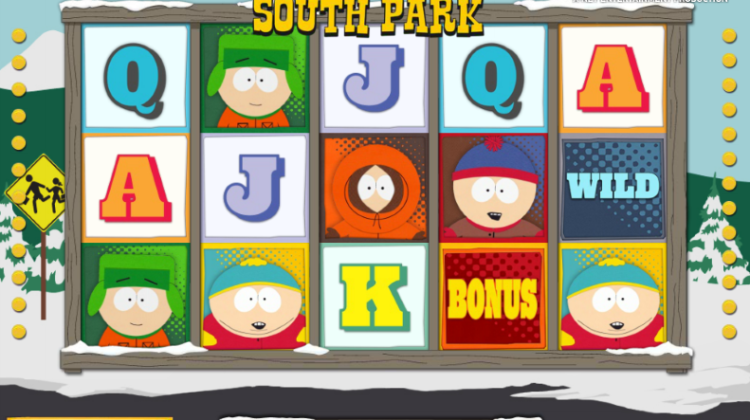


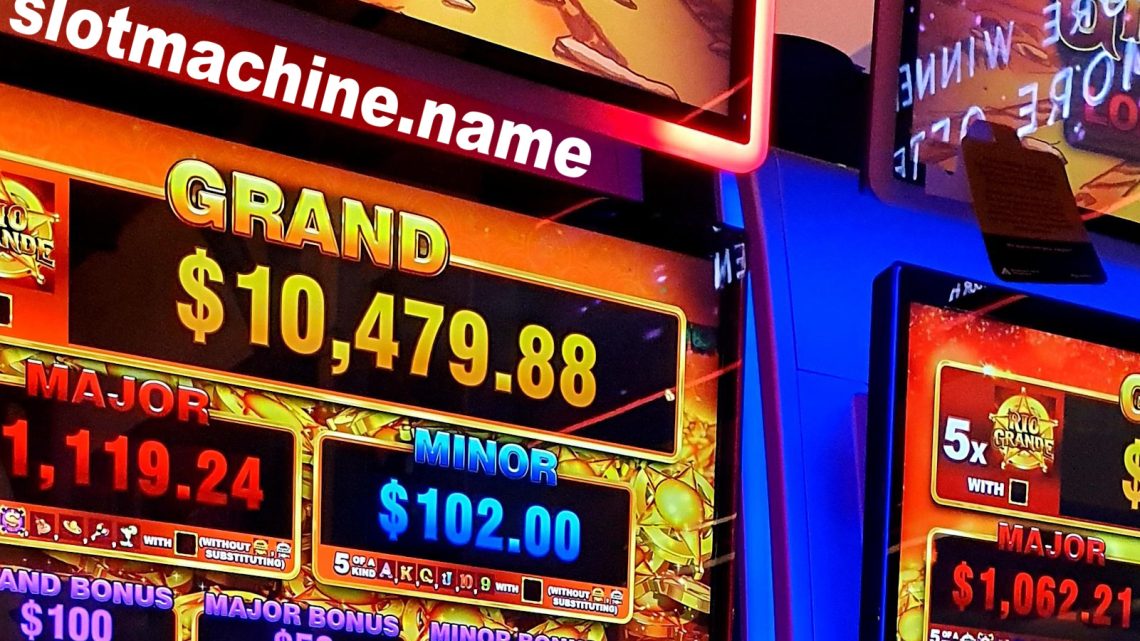
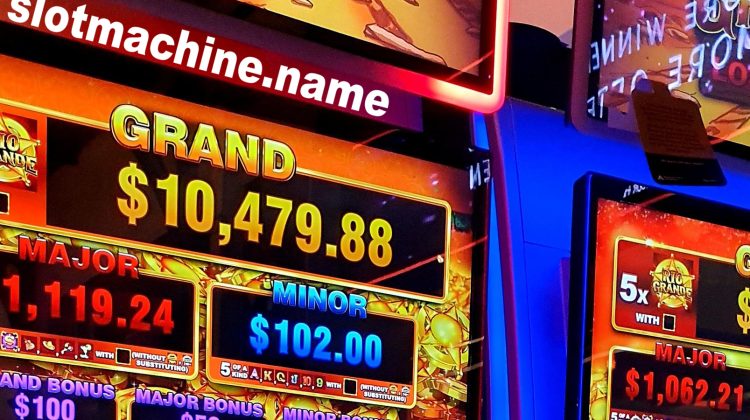
No Comment